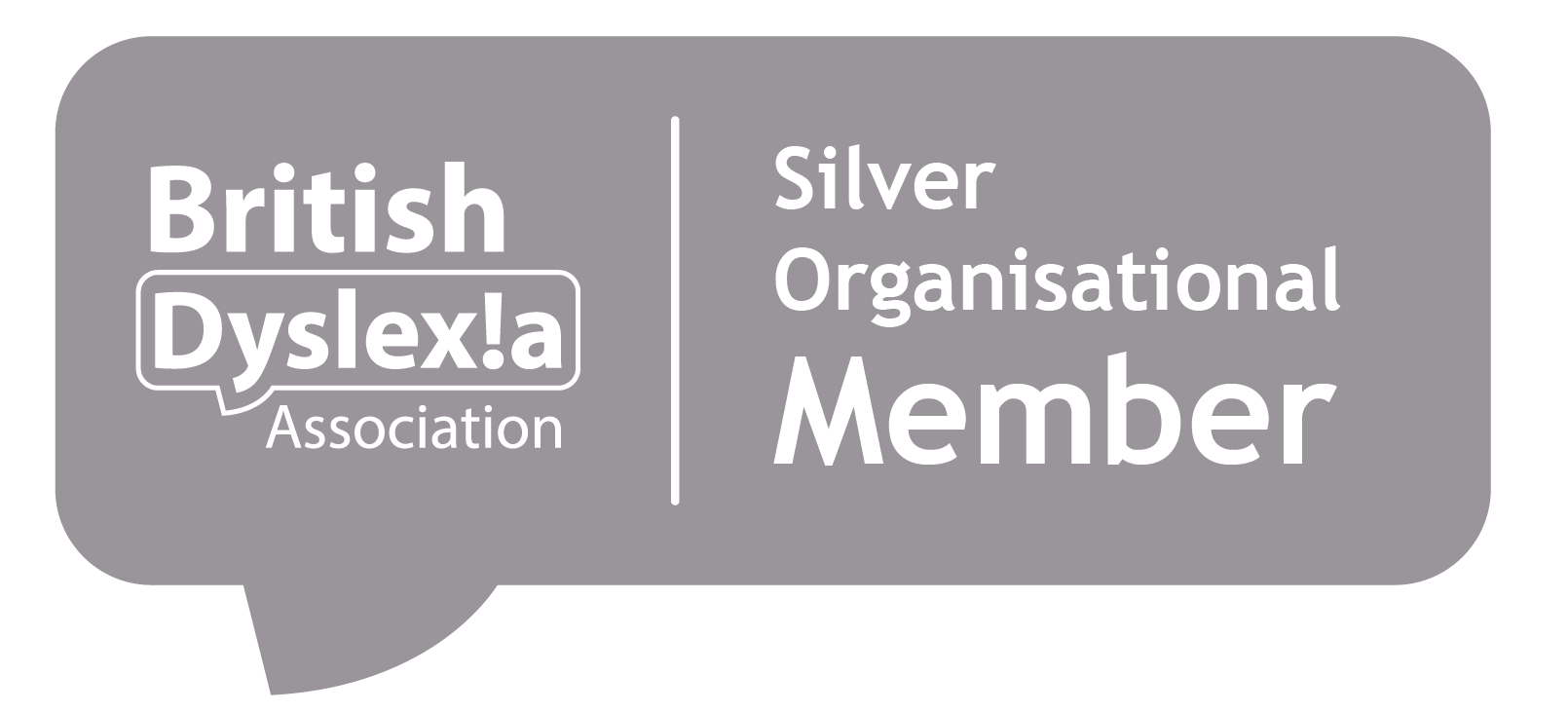So, you’re the new SENDCo.
Teachers are superhuman, needing a range of skills, knowledge and characteristics that no other profession requires. When it comes to the SENDCo that situation magnifies. Not only do you need all the attributes of the class or subject teacher, but you also have to understand a diverse spectrum of special needs and disabilities, determine how to address them, and work with school staff, and others, in ensuring those needs are met.

The SENDCo is, by law, the only member of a school’s staff that has to be a qualified teacher, and, in addition to that, who is required to complete a postgraduate course in order to continue in the post. It is a role that has a lot of pressure, which can also prove very rewarding. So what can you do to manage the pressure, and appreciate the achievements, when you first get started?
Build your team
Whether you are in a large comprehensive school, or a one form village primary, you can’t do the job on your own. Other people will have to help, whether that is for one particular child, or at a whole school level. As well as the more formal team members, including specialist teachers and teaching assistants, there will often be times when classroom teachers will get involved. Then there is the need for the support of the senior leadership team, and the SEND Governor, and, on occasions, others with specific positions in school, such as the Designated Safeguarding Teacher, the co-ordinator for looked after children, the school welfare and attendance officer or, perhaps, a learning mentor.

From outside the school you will get support from an Educational Psychologist, quite possibly from counsellors and CAMHS (child and adolescent mental health services), specialist support services for areas such as behaviour or sensory impairments, health professionals – including Speech and Language Therapists, Occupational Therapist, and Physiotherapists, – and parents and carers.
This last group have a significant part to play in school’s work with their children. They probably know them best, although they sometimes need guidance on how they can support them, and most will be keen to do just that.
Know the children
Get a sense of who in the school has SEND, what their needs are, and how these are being met. You might not need to work with them all personally, but make sure your colleagues who do have all that they need to know. They will find a one page summary very helpful. And ensure that the provision made for pupils is recorded and accounted for on a provision map.
Read the Code of Practice on Special Educational Needs and Disabilities. Not necessarily the whole thing, but Chapter 6, on Schools. It provides expectations of how SEND provision should be structured, and what a school’s – and therefore your – responsibilities are. Whilst it won’t tell you how to do the job, it does say what the job involves. And not just yours. SEND is a whole school responsibility. The CoP will help you explain to other people what their roles are in meeting pupils’ needs, too.
Establish routines
The SENDCo role is one of those where the work can seem unending. Putting some structure around it will help to regulate the work. This might include:
- Regular meetings with your line manager, and with anyone you manage.
- Highlighting meetings with teachers.
- Training for teaching assistants.
- Liaison with health professionals.
- Support and advice from your EP.
- Parents evenings and annual reviews.
Getting these into the weekly timetable, and the overall plan for the year, will help you to manage your workflow, and protect the time needed for routine elements of the role.

And don’t forget to include time for paperwork, and complete it as soon as you can after the event that generated it, whether that is an assessment, a meeting, or a report. The more historical it becomes, the harder it is to recall and therefore to record.
Evaluate your resources
Do you have everything you, and the people you work with, need to do the job? Open the cupboards, turn on the computer, leaf through the bookshelves and have a peak in all the classrooms. What apps and computer systems do you have – for working with the pupils and for administration? Once you know what you’ve got, check the budget and see what else you can afford.
Resources can also include staffing and access to outside advice. Read any EHCPs and make sure you have what you need to meet pupil’s needs.
Plan professional development
It is a statutory requirement that SENDCos hold the National Award for Special Needs Co-ordination, although you don’t have to start it directly on appointment. So that is one area of CPD that you need to consider, but there will be others. Considering the needs of the pupils, do you, and your staff, need to improve your skills? Or do you need to provide training to colleagues in order that they can be effective in their roles?
Close the office door
This is much easier to say than to do. However, if you are always available to everyone – staff, pupils, and parents and carers, – to answer their queries and resolve their problems, what you need to do will forever get crowded out. Often, people can find their own answers if left to take responsibility for things themselves. If not, your door will not be permanently closed, there will be other opportunities to talk to you.

Finally – look after yourself
Like everything else, your intellectual, physical and emotional energies are not inexhaustible, and they are needed outside of work as well as in. Be aware of when they are getting depleted and take time to recharge them.
By John Galloway
John specialises in the use of technology to improve educational opportunities for children and young people with special educational needs. Much of the week he works in Tower Hamlets, in London’s east end. He also freelances as a writer, consultant and trainer. @johngalloway







